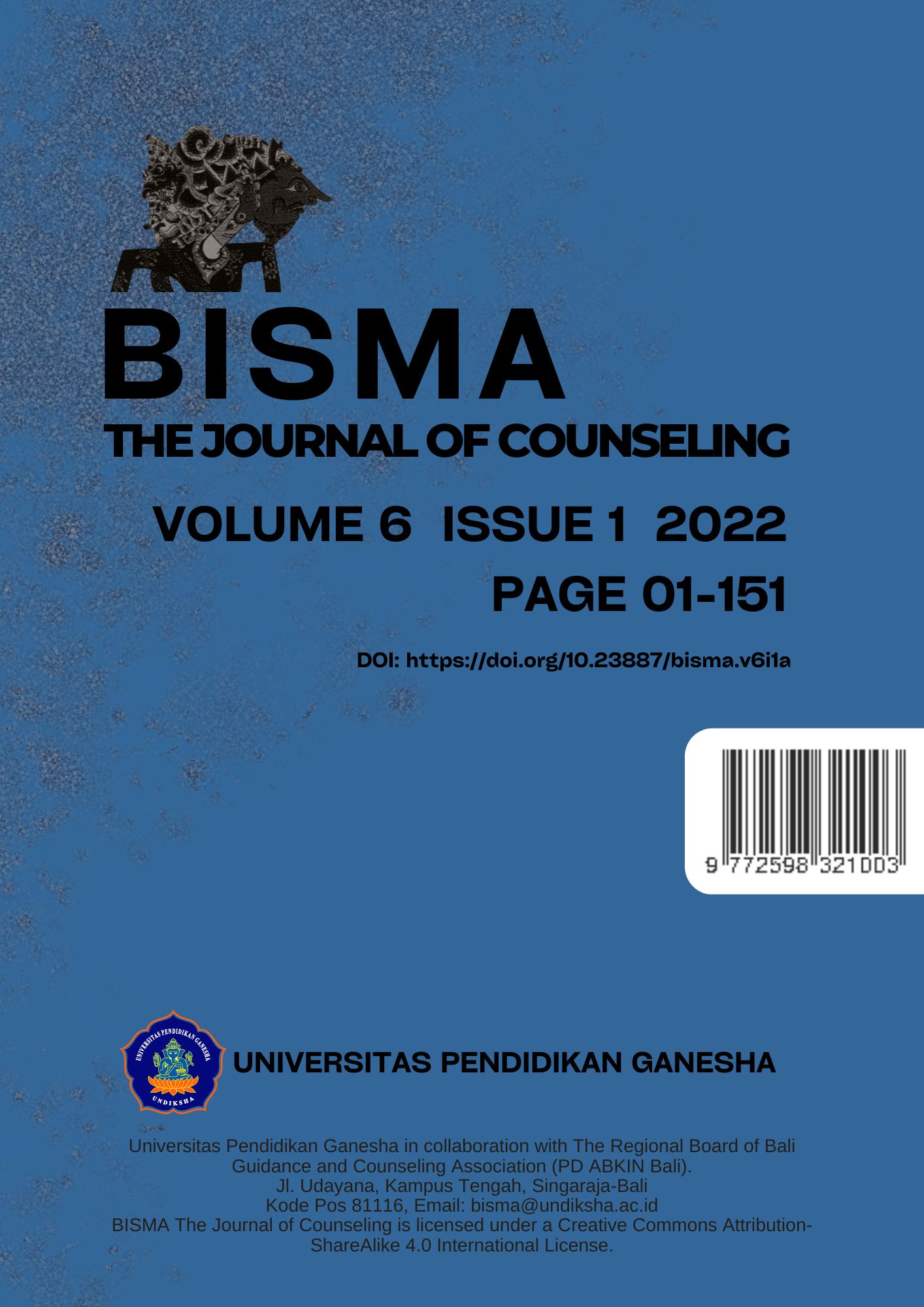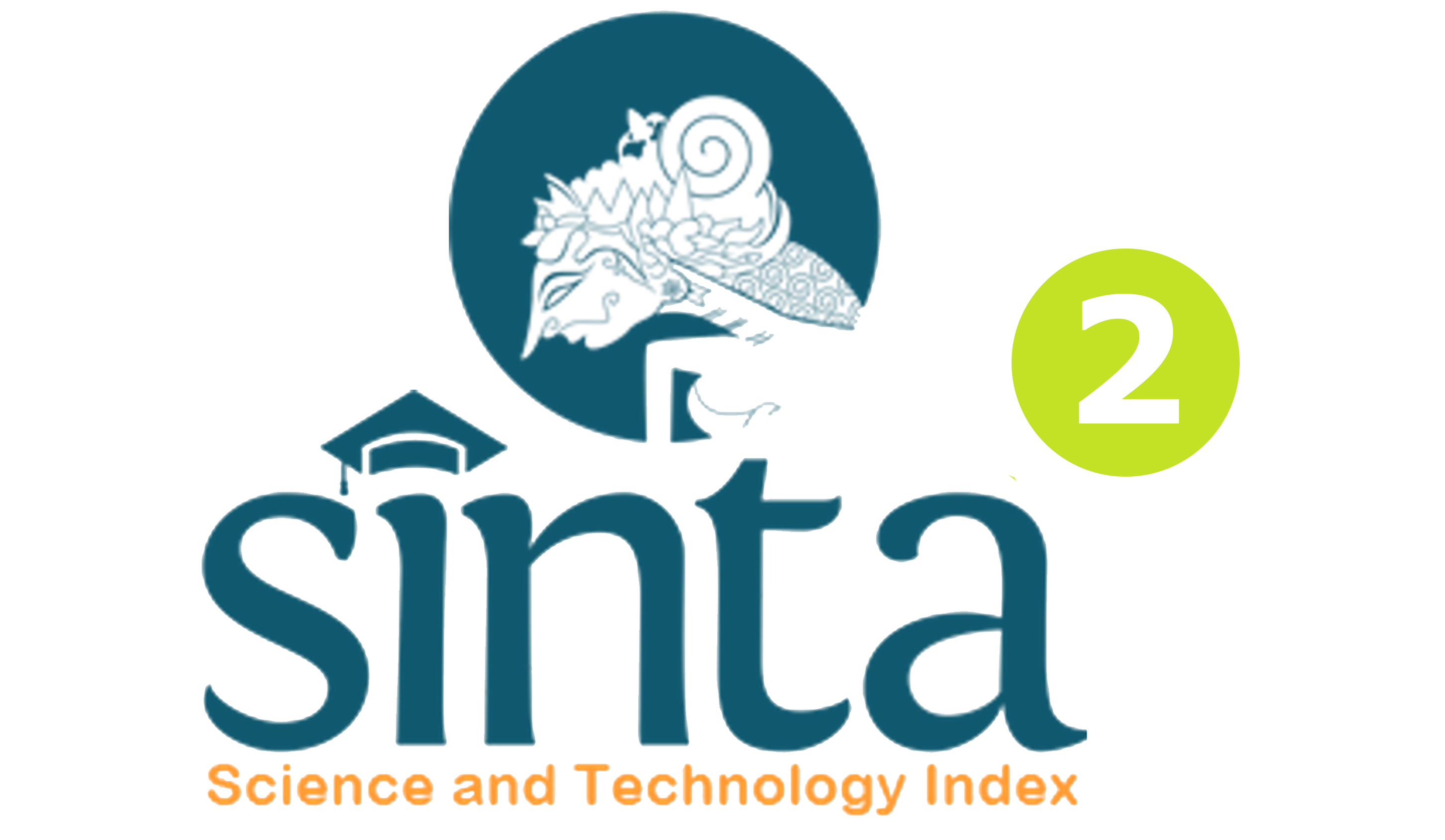The Effect of Interactive Video Use on Early Childhood Cognitive Ability
DOI:
https://doi.org/10.23887/bisma.v6i1.47046Keywords:
interactive video, cognitive abilities, early childhoodAbstract
This study aims to determine the effect of using interactive video on the cognitive abilities of early childhood in Bukittinggi City. The research method used is the Mixed Method with the type of research Sequential Explanatory Design, with the first testing phase using quantitative methods and then deepening with qualitative methods. Data collection techniques for quantitative data using questionnaires and qualitative data with observations and interviews. Quantitative testing was carried out with Pearson's product moment while qualitative data testing was carried out by data triangulation. The results of the coefficient test indicate that between the independent variable and the dependent variable there is a strong and positive and significant relationship between the use of interactive videos on early childhood math skills. The results of qualitative tests from observations and interviews conducted showed that the use of interactive videos was very effective in influencing early childhood math skills. Based on the results of the research above, it can be concluded that there is a positive and significant effect between the use of interactive videos on the math skills of early childhood in Bukittinggi City.
References
Aini, Nur. 2006. Variations in Speech Acts in the Semarang Tapestry Panatacara Course. Essay. Semarang : FBS Semarang State University.
Aryani, Ni Wayan (2021) Development of Interactive Multimedia-Based Learning Videos on Cognitive Aspects, Especially Classification Ability in Early Childhood Group B Swadharma Kumara Kindergarten, Serongga, Gianyar. Undergraduate thesis, Ganesha University of Education.
Boaler, J. (2019). Developing Mathematical Mindsets: The Need to Interact with Numbers Flexibly and Conceptually. American educator, 42(4), 28.
Cellini, N., Canale, N., Mioni, G., & Costa, S. (2020). Changes in sleep pattern, sense of time and digital media use during COVID‐19 lockdown in Italy. Journal of sleep research, 29(4), e13074.
Custodian. (2011). Instructional Media; Manuals And Digital . Bogor: Ghalia Indonesia.
Dewi, Asril, & Wirabrata. (2021). Improving Beginning Counting Ability in Early Childhood Through Animated Videos .https://ejournal.undiksha.ac.id/public/journals/38/pageHeaderTitleImage_en_US.jpg
Fadillah, M. (2012). Early Childhood Learning Design . Yogyakarta: Ar Ruzz Media .
Fazriah. (2011). Audio Visual Media . [Online] .
Gerlach, Vernon S., And Donald P. Ely, (1971), Teaching And Media : A Systematic Approach, Prentice-Hall, Englewood Cliffs, NJ
H. Malik Oemar. (1994). Educational Media . Bandung: Citra Aditya.
Jirout, J., LoCasale-Crouch, J., Turnbull, K., Gu, Y., Cubides, M., Garzione, S., ... & Kranz, S. (2019). How lifestyle factors affect cognitive and executive function and the ability to learn in children. Nutrients, 11(8), 1953.
Latif, Mukhtar, Etc. (2014). Early childhood education programs. Jakarta: Kencana.
Mayar, F. (2018). http://repository.unp.ac.id/21062/1/effectivity of leaf splash printing.pdf The effectiveness of leaf splash printing on fine motor development of children in Aisyiyah Suayan Kindergarten . Early Childhood Journal
Molenaar, I., & Knoop-van Campen, C. A. (2018). How teachers make dashboard information actionable. IEEE Transactions on Learning Technologies, 12(3), 347-355.
Montessori, Maria. 2011. Secrets of Childhood. Yogyakarta: Learning Library.
Mutaf-Yıldız, B., Sasanguie, D., De Smedt, B., & Reynvoet, B. (2020). Probing the relationship between home numeracy and children's mathematical skills: A systematic review. Frontiers in Psychology, 11, 2074.
Nurlaily, V. A., Soegiyanto, H., & Usodo, B. (2019). Elementary School Teachers' Obstacles in the Implementation of Problem-Based Learning Model in Mathematics Learning. Journal on Mathematics Education, 10(2), 229-238.
Papadakis, S., Kalogiannakis, M., & Zaranis, N. (2018). The effectiveness of computer and tablet assisted intervention in early childhood students’ understanding of numbers. An empirical study conducted in Greece. Education and Information Technologies, 23(5), 1849-1871.
Passolunghi, M. C., Cargnelutti, E., & Pellizzoni, S. (2019). The relation between cognitive and emotional factors and arithmetic problem-solving. Educational Studies in Mathematics, 100(3), 271-290.
Puspitarini, Y. D., & Hanif, M. (2019). Using Learning Media to Increase Learning Motivation in Elementary School. Anatolian Journal of Education, 4(2), 53-60.
Reikerås, E. (2020). Relations between play skills and mathematical skills in toddlers. ZDM, 52(4), 703-716.
Rusman. (2012). Learning Models. Depok : Pt Rajagrafindo Persada .
Singh, A., Garg, S., Kaur, R., Batra, S., Kumar, N., & Zomaya, A. Y. (2020). Probabilistic data structures for big data analytics: A comprehensive review. Knowledge-Based Systems, 188, 104987.
Smith, SS (2009). Early Childhood Mathematics. United States Of America: PearsonEducation, Inc .
Suarsana, I. M. (2021). Developing interactive digital mathematics book with multi representation approach for deaf students. International Journal of Emerging Technologies in Learning (Online), 16(13), 128.
Sugiyono. (2011). Qualitative Research Methods And R&D. In Alphabet.
Sukiman. (2012). Learning Media Development . Yogyakarta: Pedagogja
Szabo, Z. K., Körtesi, P., Guncaga, J., Szabo, D., & Neag, R. (2020). Examples of problem-solving strategies in mathematics education supporting the sustainability of 21st-century skills. Sustainability, 12(23), 10113.
Widodo, S. A. (2018). Selection of Learning Media Mathematics for Junior School Students. Turkish Online Journal of Educational Technology-TOJET, 17(1), 154-160.
Xu, T., & Zhang, B. (2021). Improving thinking skills in early childhood using effective teaching strategies. Aggression and Violent Behavior, 101704.
Yelland, N. J. (2018). A pedagogy of multiliteracies: Young children and multimodal learning with tablets. British Journal of Educational Technology, 49(5), 847-858.
Yoosefi Lebni, J., Khorami, F., Ebadi Fard Azar, F., Khosravi, B., Safari, H., & Ziapour, A. (2020). Experiences of rural women with damages resulting from an earthquake in Iran: a qualitative study. BMC public health, 20(1), 1-13.
Yunus, B. M., & Ghazali, A. M. (2020). Internalizing the values of religious harmony through the use of learning media. Journal of Southwest Jiaotong University, 55(1).
Downloads
Published
Issue
Section
License
Copyright (c) 2022 Wahyuni

This work is licensed under a Creative Commons Attribution 4.0 International License.









